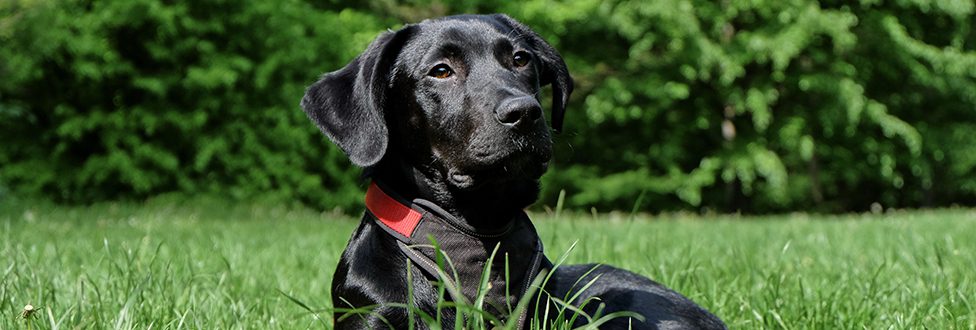A Moment of Paws: Ticks Remain Year-Round Concern for our Pets
While many embrace the mild winter New England has experienced this year, one of the downsides to a winter filled with above-average temperatures is an explosion in the tick population in Massachusetts.
With such a mild winter, tick-borne illnesses are no longer just a summer-time concern, and for pets who spend any time outdoors, pet owners should take steps now to better protect both themselves and their pets when venturing outside.
With ticks seemingly everywhere outdoors, consider the following to help protect your pet:
- Put your pet on a tick preventative. There are numerous to consider, so speak with your veterinarian to determine what’s best for your pet.
- Consider vaccination. Speak with your veterinarian about the Lyme disease vaccine.
- Avoid outdoor areas where ticks are known to inhabit. After spending time outdoors, whether in the backyard or after a hike, check both yourself and your pet for ticks. For dogs, pay particular attention to their ears, eyelids, between toes, genital area, and around the collar.
- Maintain your yard. Keep the lawn mowed and shrubbery trimmed around your home.
Tick preventatives can only go so far, the best way to protect your pet is to do a tick check as soon as returning from the outdoors. Start with your pet’s feet, paying special attention to areas between the toes. From there check the legs, then move onto the underbelly and finally check the head, neck, back, and tail.
If your pet has been bitten by a tick, it needs to be removed immediately! Using tweezers, grasp the tick as close to your dog’s skin as possible. Remove the tick in a slow, steady, and straight motion – don’t jerk as anything left behind could cause an infection. Treat the bite wound with antiseptic and monitor the site over the next few days for localized skin infection.
Some signs your dog has been infected by a tick-borne disease include fever, loss of appetite, acute lameness, and swelling in the joints, among others. A blood test can determine if your dog has been exposed to a tick-borne disease and follow up tests or an antibiotic may be recommended.
Given that tick-borne diseases can trigger chronic health issues, it is also vital to follow recommendations for ongoing follow-up care after diagnosis and treatment.



